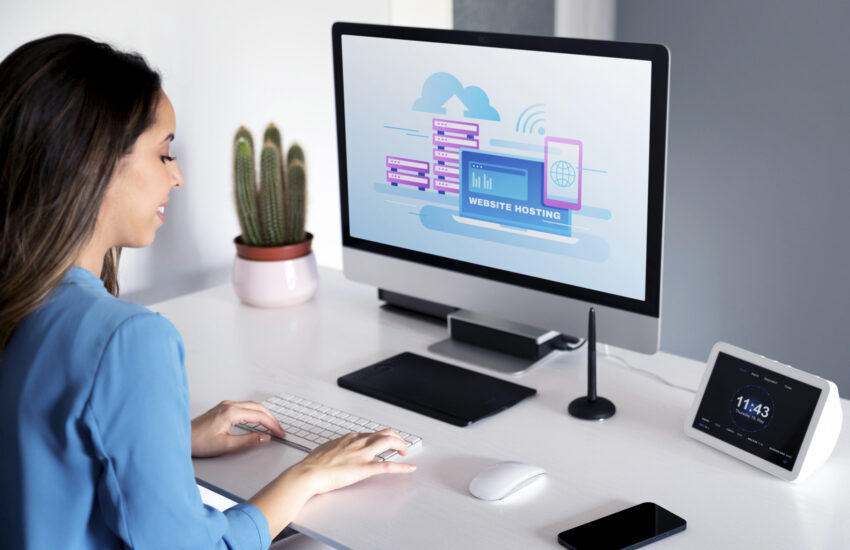🚀 Have you ever wished to run two computers in one? Virtual machines (VMs) make it possible—and today, YOU will learn how to make one like a real tech wizard!
Whether you’re 9 and love computers 🧠 or 18 and starting engineering 🔧—this guide will help you create your very first virtual machine using VirtualBox or VMware step-by-step.
🧠 What Is a Virtual Machine (VM), and Why Should You Care?
A Virtual Machine is like a computer inside your computer! Imagine playing Minecraft on your laptop, and inside the game, there’s another laptop running Windows or Linux. That’s what a VM is—a sandbox to explore, test, and learn safely.
🌟 Benefits of Learning VMs as a Student:
- Learn Operating Systems like Linux or older versions of Windows
- Practice hacking and coding without harming your real PC 💻
- Run apps that your system normally can’t run
- Become a future cybersecurity ninja or developer
🧰 What You’ll Need Before Starting:
✅ A PC or laptop with:
- At least 8 GB RAM (4 GB will work, but slower)
- At least 20 GB of free space
✅ A virtual machine tool:
✅ A virtual operating system file (called an ISO)
- Example: Ubuntu Linux ISO (Free, beginner-friendly)
💻 Step-by-Step: Creating Your First Virtual Machine
We’ll guide you for both tools (VirtualBox & VMware). Choose one—you can’t go wrong!
🧱 Part A: Setting Up with VirtualBox (Free & Open Source)
🔽 Step 1: Download & Install VirtualBox
- Visit: https://www.virtualbox.org
- Download for Windows/macOS
- Run the installer and follow the setup
🎉 You’re now ready to create VMs like a tech boss!
📁 Step 2: Download an Operating System (ISO)
We’ll use Ubuntu (a popular, free Linux OS)
- Go to ubuntu.com/download/desktop
- Download the latest version (e.g., Ubuntu 24.04 LTS)
🧙 Step 3: Create Your First VM
- Open VirtualBox ➜ Click “New”
- Name it:
MyUbuntuVM - Type: Linux ➜ Version: Ubuntu (64-bit)
- Click Next
💾 Step 4: Allocate RAM
- Select 2048 MB (2 GB) or more (if your PC has 8 GB+)
💽 Step 5: Create a Virtual Hard Disk
- Choose: “Create a virtual hard disk now”
- VDI → Dynamically allocated → 20 GB minimum
🔌 Step 6: Add the ISO File (OS Installer)
- Click your VM ➜ Go to Settings > Storage
- Under “Controller: IDE” ➜ Click Empty
- On the right, click the CD icon ➜ Choose your Ubuntu ISO
🚀 Step 7: Start the VM
- Select your VM ➜ Click Start
- Ubuntu will begin installing—just follow the on-screen steps like setting your name, password, and region
🎊 CONGRATS! You just created your first virtual computer!
⚙️ Part B: Setting Up with VMware Workstation Player
🛠️ Step 1: Download & Install VMware Player
- Visit: vmware.com/products/workstation-player.html
- Choose the free version for personal use
- Install it (just click Next until done)
📂 Step 2: Create a New Virtual Machine
- Open VMware Player ➜ Click Create a New Virtual Machine
- Choose “Installer disc image file (ISO)” ➜ Browse your Ubuntu ISO
- Click Next
👤 Step 3: Enter VM Info
- Full Name: Anything you like
- Username:
kidtechorsupercoder - Password: Choose a fun password!
🧱 Step 4: Customise Hardware (Optional)
- RAM: At least 2 GB
- Processors: 2 (if available)
💡 Step 5: Finish & Start
Click Finish, and hit Play Virtual Machine
Ubuntu will begin installing just like VirtualBox. Once done, you’re inside a whole new OS—all from your computer!
🎮 What Can You Do Inside a VM?
- Learn Linux commands 📜
- Build Python or Scratch projects 🐍
- Play with hacking tools safely 🔐
- Install old versions of Windows to explore 💾
- Run Android emulators or Raspberry Pi simulations 🤖
🔍 FAQ (Curious Minds Ask…)
Q: Will this harm my real PC?
🛡️ Nope! It’s like a safe playground inside your real computer.
Q: Do I need to be good at programming?
Nope! Just follow the steps and explore. Learn as you go.
Q: Can I delete the VM later?
Yes! Just right-click → Remove → Delete files. Easy!
🎯Your Tech Adventure Begins NOW!
Setting up a Virtual Machine is like entering a secret lab where you can experiment without breaking anything! Whether you’re 9 or 18, this is one of the coolest skills you can learn early.
💡“Great coders and hackers don’t wait—they start small and grow daily.”

